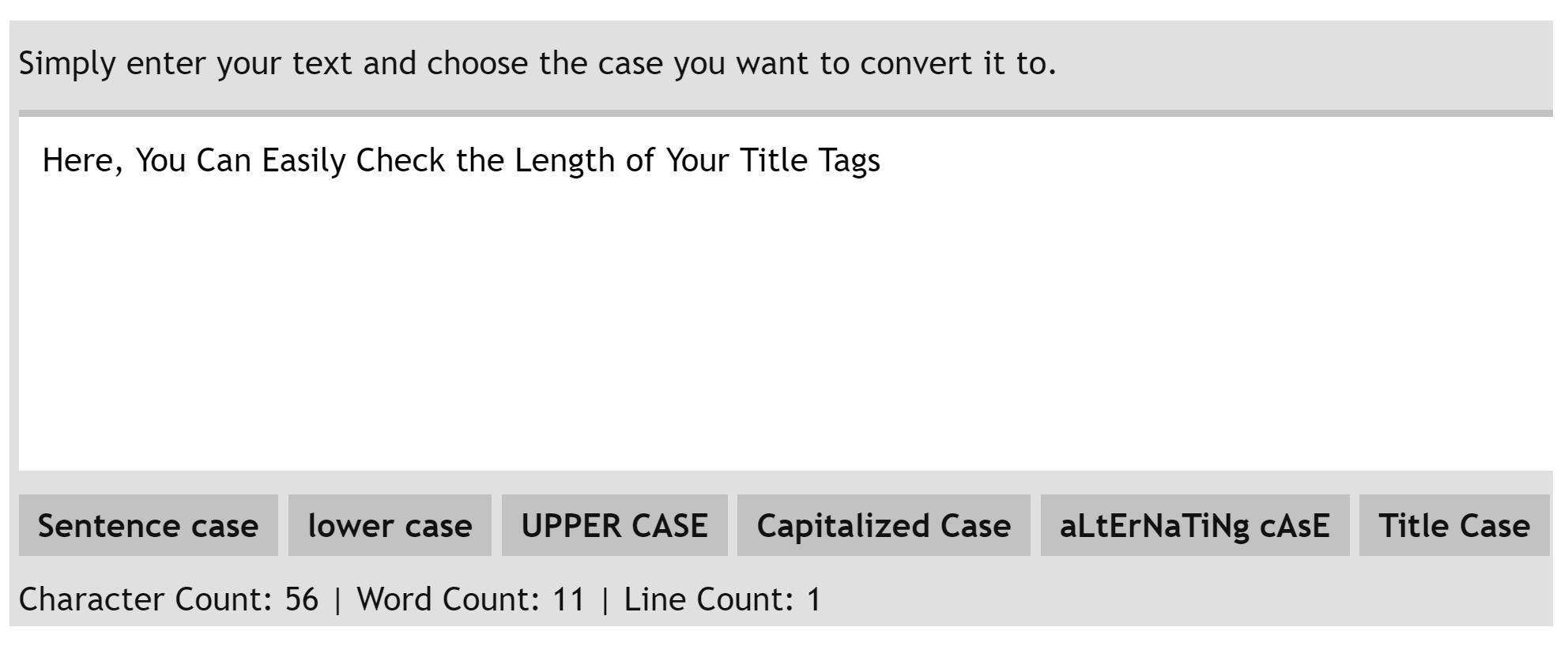8 SEO Title Tag Hacks for Increased Rankings, Traffic, and Click-Through Rates

Businesses who depend on the virtual marketplace find the rate at which random individuals declare a technique is ‘dead’ to be increasingly frustrating. A good example of this is the (page) title tag.
Even though some in the SEO world doubt the impact of a title tag, the fact remains that if you can nail your title tag, people, and Google, will notice. Additionally, traffic to your site and your click-through rate (CTR) will improve.
Think about the places your customers and potential customers see the title tags. The most common places are:
- Search engine results pages. A click provoking title can reshape your traffic exponentially.
- Web browsers. They are a perfect place marker that ensures customers will not forget about your page in a sea of open tabs.
- Social networks. Various platforms can feature your title tag.
Because title tags show up in places that your customers notice, creating good title tags is a way to help your business get or maintain a competitive edge.
Here are eight of the top suggestions for making the most of your title tags.
1. Ask Questions
By asking a question in your title tag, you accomplish two things:
- You place your keyword front and centre
- You generate curiosity for potential site visitors. For example, if you are using the keyword, “benchpress” will generate some interest for interested parties. However, by adding a question such as “what is the world record benchpress?” You have built curiosity. This increases the chance that people interested in powerlifting will click on your listing to learn about the world record.
We used this on our Digital Hitmen blog to improve click-through rates for this blog post:
2. Harness the Power of Emojis 😀 😎 🧐
Yes, you read that correctly. Emojis are a simple way to boost your click-through rate. At first, this may sound like an unusual way to up your site traffic; many people wrongly assume emojis are fodder for kids in school or a Grandma trying to appear in touch with the times. Here are a few keyways emojis can help your title tags.
- Humanise your brand – Believe it or not, emojis appeal to the friendlier side of e-commerce. When potential customers see your business as warm, honest, and trustworthy, they are usually more willing to engage in business transactions than with company’s seen as cold or aloof.
- Breakaway from the same routine – Were you aware that consumers see approximately 11,250 ads every month? You can imagine how easily these ads all blend together, making them the visual equivalent of background noise. Adding some pertinent emojis can help your listing pop off of the SERP with very minimal effort. All of the online clutter can feel overwhelming, and many consumers prefer emojis to typed text.
- Connect with your potential customer base – According to a study by the Foresight Factory, 45% of consumers say they prefer brands that do not take themselves too seriously.
- Follow the lead of other corporations – Tech giant Samsung, declared that nothing is more important than how emojis are replacing words in today’s communication.
For example, this blog post stands out in Google by using a simple emoji in their title tag:
3. Use Numbers
Adding numbers to your title tag can make a significant difference in your CTR. Research tells us that the human brain will seek out specific information that is easy to grasp. The title tag ‘Plant a garden in 5 easy steps’ will likely get a higher CTR than ‘Easy ways to plant a garden’.
Though the general keywords plant, garden, and easy are in both title tags, listing the specific number of steps is preferable. Not only does it cut through a cluttered SERP, but the reader has a sense of the length of the information.
Here’s an example from a recent post of mine, 15 Essential SEO KPIs:
4. The Top Referring Keywords
Paying attention to the keywords that bring the traffic to your site (referring keywords) is a good way to improve your title tags. When you look at the top referring keywords, you see where your customers are before they come to your page.
Use this information to your advantage and create better title tags. This concept also falls under the idea of optimising your site for the traffic you receive now while remembering to optimise for the traffic you want.
This post about good and bad web design examples that I wrote on the Digital Hitmen blog gets a lot of traffic. After analysing our top referring keywords in Google, I identified that a number of people were looking for posts of this nature. I further optimised the title tag to improve the CTR and gain even more traffic.
5. Dates
Adding dates to your title tags is similar to the notion of using numbers to help potential customers sort through all of the noise of a SERP. If you are a breeder of Labradoodles and you know they were a top-selling breed in 2019, the title tag ‘Labradoodles were the Top Dog Breed in 2019’ is preferable to ‘Labradoodles are a Top Dog Breed.’
Dates also help to make historical references easier. ‘The Most Popular Pro Wrestlers of the 1990’s’ helps searchers and Google crawlers find answers.
This title tag incorporates both numbers and dates to really stand out in the SERPs:
6. Variations and Synonyms
Even if you do top keyword research, it is possible to increase traffic by using synonyms or variants of top keywords. Make sure to look for the ways your potential customers could be looking for a service you provide.
7. Length of Title Tags
The generally accepted length for a title tag is between 50 and 60 characters. Google lists the average length of top title tags for 2019 as having 51 characters.
You want to avoid too many characters, such as ‘The freshest and best tasting homemade vanilla bean ice cream in Australia.’ However, too brief is also bad, ‘Ice cream’ is vague and much too broad. ‘Voted Best Homemade Vanilla Bean Ice Cream in Perth’ is descriptive but not overwhelming.
I recommend using this convert case tool. Not only can you easily check the total number of characters, but you can change case to make the title more readable.
8. Call to Action Words
Conventional keyword research will not show many typical call-to-action words. However, when a searcher sees action verbs associated with the keyword, they are more likely to click. For instance, ‘watch our gardening video’ or ‘download our design pattern’ point to something beyond the typical title tag.








